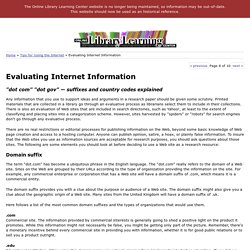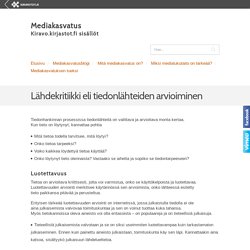

Valheenpaljastaja: Näin tunnistat kuvahuijauksen. Sosiaalinen media on pullollaan tunteisiin vetoavia mutta valheellisia valokuvia.

Onneksi jokaisen on helppo tutkia netistä löytämiään kuvia. Siihen tarvitaan parhaimmillaan vain yksi klikkaus. Valokuvan todistusvoimaa on vaikea epäillä. Siksi sosiaalinen media tulvii erilaisia kuvahuijauksia. Sosiaalinen media tulvii erilaisia kuvahuijauksia. Feikkikuvat, väärennökset ja huijaukset ovat yleisiä etenkin luonnonkatastrofien ja muiden nopeasti etenevien uutistapahtumien aikana. Tähän saumaan huijarin on helppo iskeä ja alkaa levittää tilanteeseen sopivaa kuvaa viraalihitin toivossa.
Twitterissä ja Facebookissa liikkuvat kuvavedätykset voidaan jakaa karkeasti kahteen ryhmään: Kuvat, jotka on oikeasti otettu toisesta paikasta ja/tai toisena ajankohtana.Photoshopatut eli väärennetyt kuvat. Ensin mainittu on huijaustyyppi, joka on viime vuosina yleistynyt huomattavasti. Mitä liikuttavampi kuva, sitä epäilyttävämpi Todellisuudessa kuva on otettu Pohjois-Vietnamissa vuonna 2007. A Google a Day. Evaluating Internet Information. "dot com" "dot gov" — suffixes and country codes explained Any information that you use to support ideas and arguments in a research paper should be given some scrutiny.

Printed materials that are collected in a library go through an evaluative process as librarians select them to include in their collections. There is also an evaluation of Web sites that are included in search directories, such as Yahoo! , at least to the extent of classifying and placing sites into a categorization scheme. However, sites harvested by "spiders" or "robots" for search engines don't go through any evaluative process. There are no real restrictions or editorial processes for publishing information on the Web, beyond some basic knowledge of Web page creation and access to a hosting computer.
Domain suffix The term "dot.com" has become a ubiquitous phrase in the English language. The domain suffix provides you with a clue about the purpose or audience of a Web site. Evaluating Internet Sources. The questions below will help you in evaluate web pages for use as academic sources.

Be sure and look at the criteria in multiple categories prior to making a decision regarding the academic quality of a source. How did you find the page? How you located the site can give you a start on your evaluation of the site's validity as an academic resource. Was it found via a search conducted through a search engine? Unlike library databases, the accuracy and/or quality of information located via a search engine will vary greatly.
What is the site's domain? Think of this as "decoding" the URL, or Internet address. Internet-aineiston arviointikriteerejä - Oppaat ja ohjeet - Tampereen yliopiston kirjasto. 1.

Auktoriteetti Tekijä on tiedossa. Aineiston tekijä on ilmoitettu. Lähdekritiikki eli tiedonlähteiden arvioiminen. Tiedonhankinnan prosessissa tiedonlähteitä on valittava ja arvioitava monta kertaa.

Kun tieto on löytynyt, kannattaa pohtia Mitä tietoa todella tarvitsee, mitä löytyi? Onko tietoa tarpeeksi? Voiko kaikkea löydettyä tietoa käyttää? Evaluating Web Pages: Techniques to Apply & Questions to Ask. 1.

What can the URL tell you? Techniques for Web Evaluation : 1. Before you leave the list of search results -- before you click and get interested in anything written on the page -- glean all you can from the URLs of each page. 2. 2. 1. INSTRUCTIONS for Truncating back a URL: In the top Location Box, delete the end characters of the URL stopping just before each / (leave the slash). Continue this process, one slash (/) at a time, until you reach the first single / which is preceded by the domain name portion. 3.
Check the date on all the pages on the site. 3. 1. What kinds of publications or sites are they? Are they real? 3. Expect a journal article, newspaper article, and some other publications that are recent to come from the original publisher IF the publication is available on the web. Look at the bottom of such articles for copyright information or permissions to reproduce. Craap_worksheet.pdf.